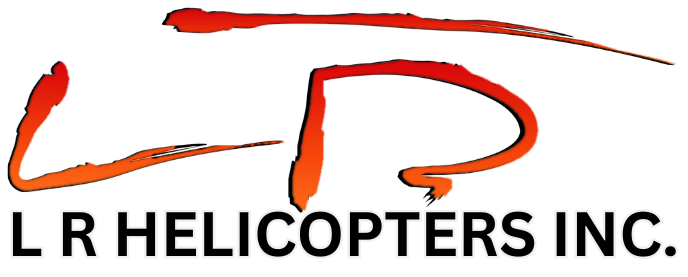Become a Skilled Pilot with L R Helicopters Training Academy
Comprehensive training programs for all levels, including licenses, advanced courses, and international student support
Licenses
Advanced Training
International Students
Resources
Fam Flight
Graduate Program
Helicopter Pilot School and Flight Training Canada
L R HELICOPTERS provides a variety of services related to Pilot Training, from “ab initio” (commercial and private pilot licenses) to more advanced operational and industry related training.
Transport Canada – Flight Training Unit Operator certificate No. 11224
Alberta Enterprise and Advanced Education – Private Vocational Training Licence
British Columbia Ministry of Advanced Education – Approved Institution – Code BPMR
Train at the Perfect Location
Located at Springbank Airport near the Canadian Rockies, our Calgary base offers ideal conditions to develop your flying skills with challenging weather, high altitude, and busy airspace.

Flight Training Centre Information
Our flight training centre’s goal is to prepare our students to perform above the industry standard without further training done by the operator.
Our Partners


